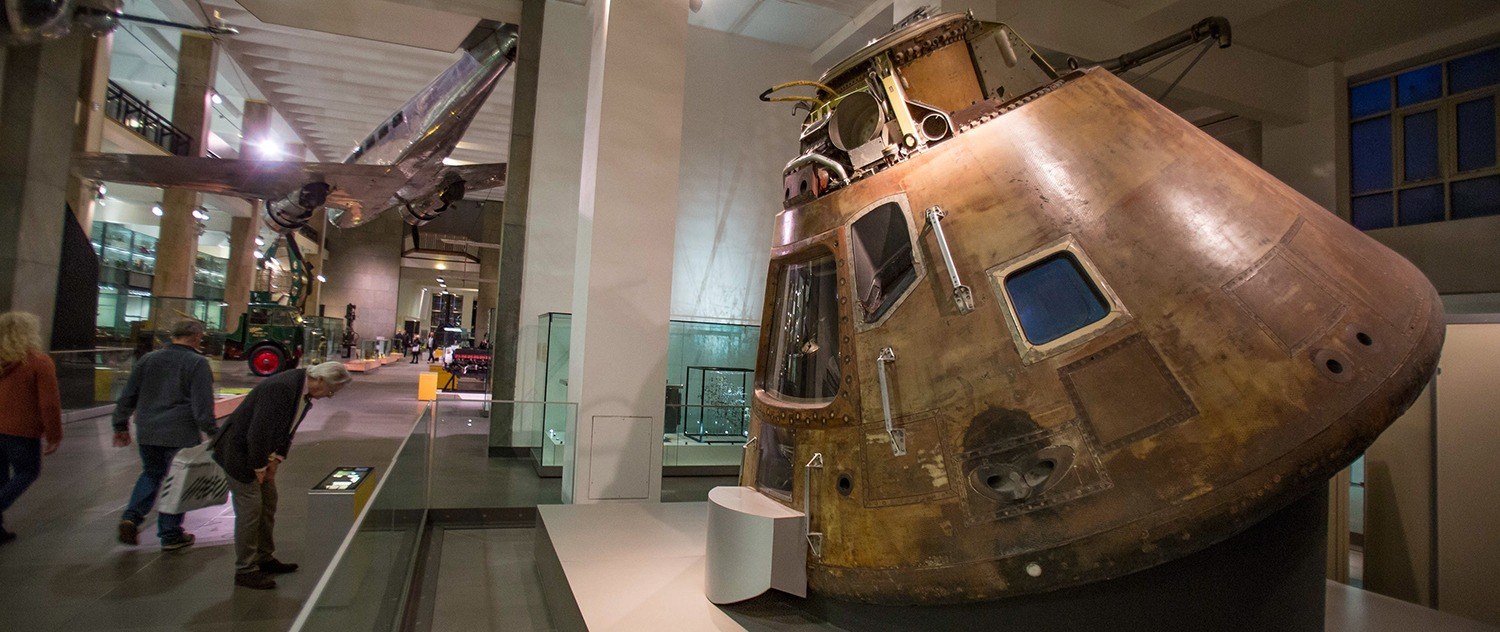Robert Zubrin in The New Atlantis:

NASA deserves a lot of credit. A space agency funded by 4 percent of the world’s population, it is responsible for launching 100 percent of the rovers that have ever wheeled on Mars; all the probes that have visited Jupiter, Saturn, Uranus, Neptune, and Pluto; nearly all the major space telescopes; and all the people who have ever walked on the Moon. But while its robotic planetary exploration and space astronomy programs continue to produce epic results, for nearly half a century its human spaceflight effort has been stuck in low Earth orbit.
The reason for this is simple: NASA’s space science programs accomplish a lot because they are mission-driven. In contrast, the human spaceflight program has allowed itself to become constituency-driven (or, to put it less charitably, vendor-driven). In consequence, the space science programs spend money in order to do things, while the human spaceflight program does things in order to spend money. Thus, the efforts of the science programs are focused and directed, while those of the human spaceflight program are purposeless and entropic.
This was not always so. During the Apollo period, NASA’s human spaceflight program was strongly mission-driven. We did not go to the Moon because there were three random constituency-backed programs to develop Saturn V boosters, command modules, and lunar excursion vehicles, which luckily happened to fit together, and which needed something to do to justify their funding. Rather, we had a clear goal — sending humans to the Moon within a decade — from which we derived a mission plan, which then dictated vehicle designs, which in turn defined necessary technology developments. That’s why the elements of the flight hardware set all fit together. But in the period since, with no clear mission, things have worked the other way.
More here.
